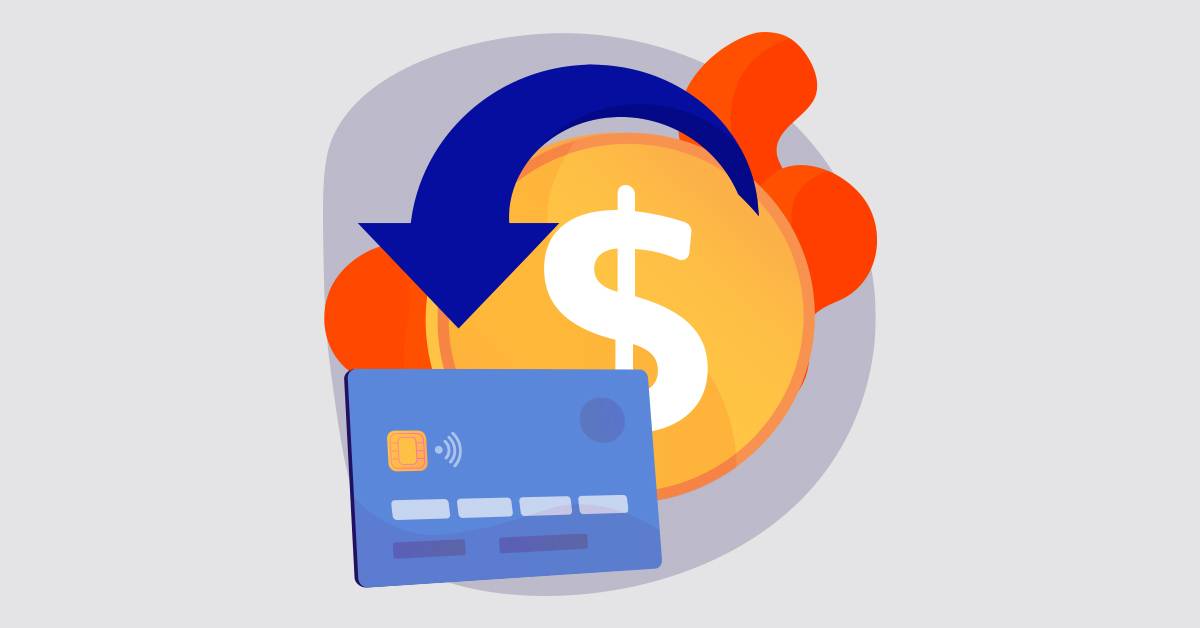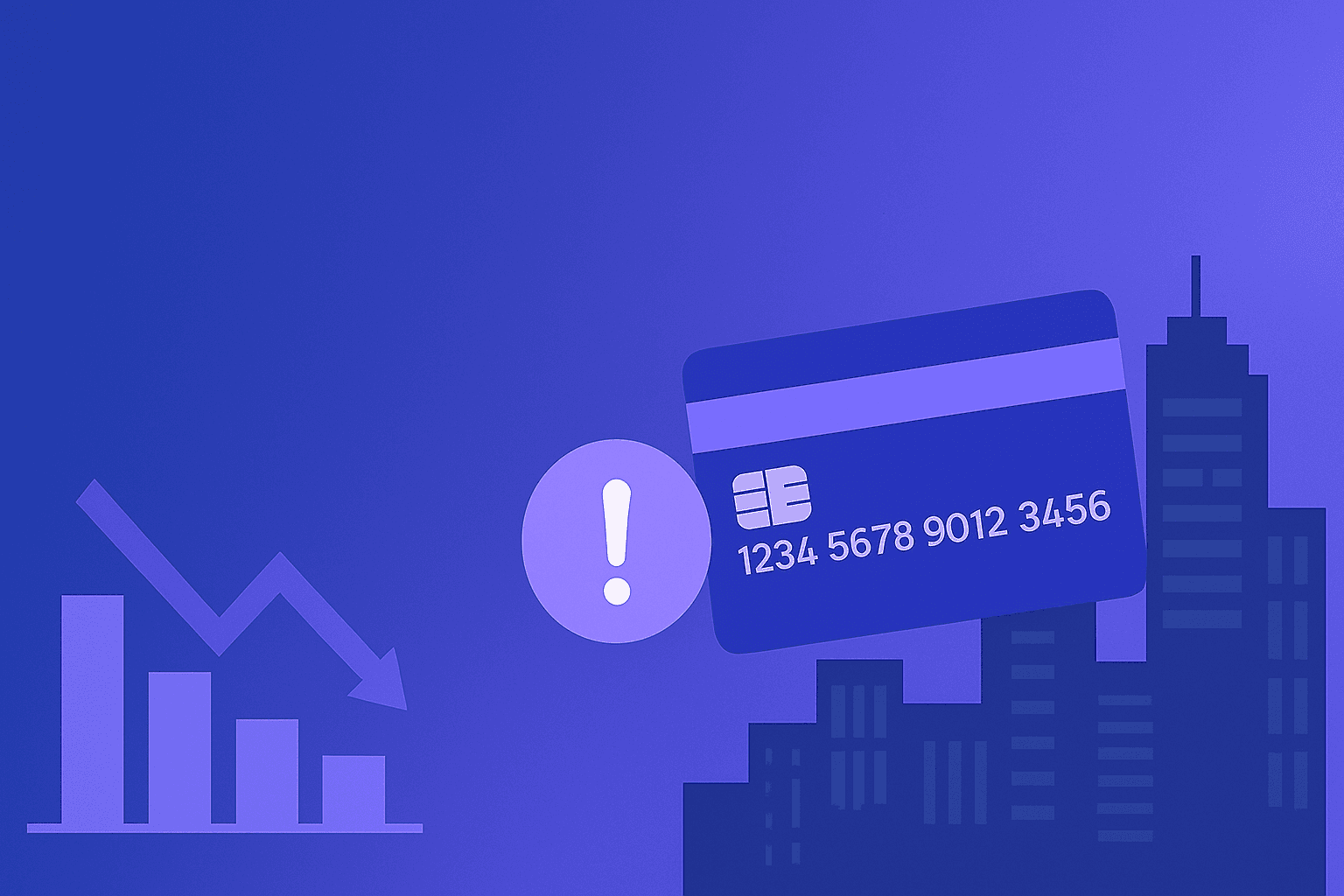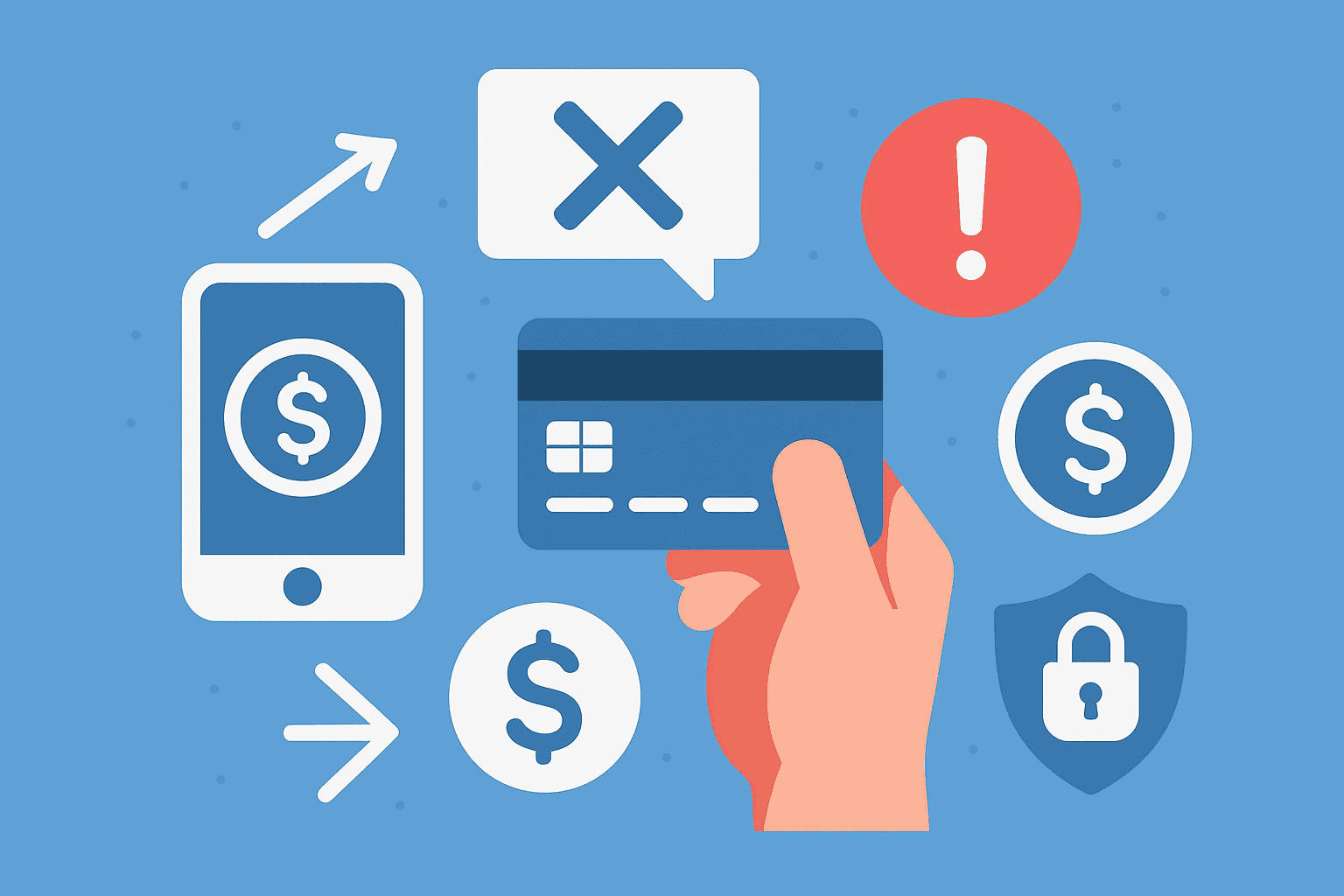The chargeback flow: A step-by-step guide every merchant should know

SHARE ARTICLE
You’ve received a chargeback notification and, although you know what it is, you’re probably wondering what happens next. What steps does the bank take? How long does the process last? When can you present evidence or defend the transaction? When will you get the resolution?
Although most merchants are familiar with the concept of a chargeback, the actual flow of the process — from the moment the customer contacts their bank until the case is resolved — is often confusing territory.
In this post, we’ll explain step by step how a chargeback unfolds, who is involved at each stage, and what you can do at each point to increase your chances of winning the dispute.
Before diving into the details, here’s a quick overview of a chargeback’s life cycle:Below you’ll find each step explained in more detail:
Step 1 — The cardholder disputes the transaction (0–15 calendar days from purchase, though it can extend depending on the reason)
The cardholder notices an issue with a charge they consider fraudulent, unauthorized, or related to a product/service not received, among other reasons, and reports it to the issuing bank of the card used for the transaction. In this first step, the cardholder provides initial evidence (receipts, screenshots of conversations, proof of non-delivery, etc.).
Step 2 — The issuer validates the claim and notifies the network (3–5 business days)
The issuing bank reviews the claim to ensure it meets the initial criteria. If valid, it generates a chargeback notification and sends it to the card network (e.g., Visa or Mastercard), which acts as an intermediary between the issuer and the acquirer, along with the payment processor.
Step 2.1 — Provisional refund to the cardholder (Immediate upon validation or within 2 business days)
While the process moves forward, the issuer provides a provisional refund to the cardholder: the amount is temporarily returned to the customer until the case is resolved.
Step 3 — Assignment of reason code and transmission to the acquirer (1–3 business days)
The issuer assigns a reason code that describes the chargeback’s cause and sends it through the card network. The network verifies that the notification follows the rules and forwards the dispute to the merchant’s acquiring bank, specifying response deadlines.
Step 3.1 — The acquirer notifies the merchant (Immediate upon receipt)
The acquiring bank receives the dispute and informs the merchant, providing the relevant details: amount, reason code, and deadline to submit evidence.
Step 4 — Merchant’s decision: dispute or accept (usually within 7–14 calendar days)
The merchant reviews the case and decides whether to dispute (representment) or accept the chargeback.
If they choose to dispute it, they gather supporting evidence (receipts, signatures, communications, shipping/delivery confirmations, contracts, screenshots, etc.) and send it to the acquirer within the given deadline.
If no defense is submitted, the chargeback is automatically applied, and the disputed amount is deducted from the merchant’s account and returned to the cardholder.
Step 5 — Submission of evidence to the issuer, review, and resolution (up to 30–45 calendar days)
The acquirer sends all the merchant’s documentation to the issuer through the card network for evaluation.
The issuer reviews the evidence and decides whether to reverse or uphold the chargeback. Possible outcomes include:
a) In favor of the cardholder — the chargeback is confirmed, and the amount is permanently debited from the merchant;
b) In favor of the merchant — the chargeback is reversed, and the amount is debited from the cardholder;
c) Ongoing disagreement — the dispute may escalate to pre-arbitration or arbitration by the card network.
In some cases, no movement of the disputed amount occurs until the chargeback is resolved.
Step 6 — Arbitration (optional) (additional 60–90 calendar days)
If the dispute isn’t resolved during representment, the card network acts as a neutral arbitrator. Both parties — issuer and acquirer — submit all available documentation. The network reviews the evidence and applicable policies before issuing a final, binding decision.
If the result favors the cardholder, the merchant loses the amount and must pay additional fees.
If the result favors the merchant, the chargeback is reversed, and the cardholder does not keep the refund.
The total estimated duration of the process is between 45 and 120 days, depending on the card network, the country, and the case’s complexity.
With Kloutit, merchants can optimize the entire chargeback defense process: identify the best strategy for each case, increase their success rate, and connect directly with issuers through PSPs to send documentation quickly and securely.
SHARE ARTICLE



